I wore the Garmin Fenix 8 vs. Garmin Instinct 3 for two weeks — which is better?
Two top Garmin watches go head-to-head
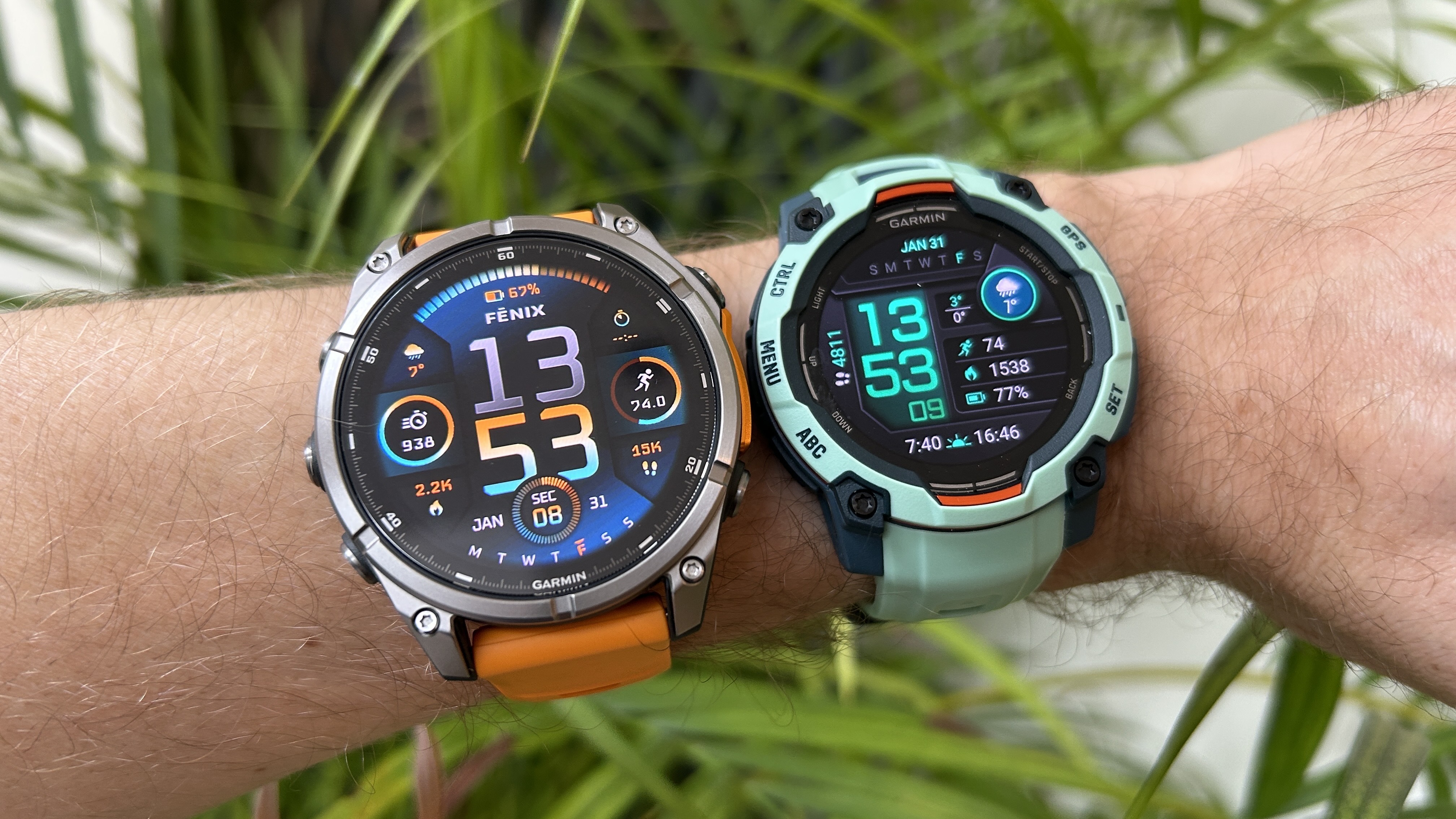
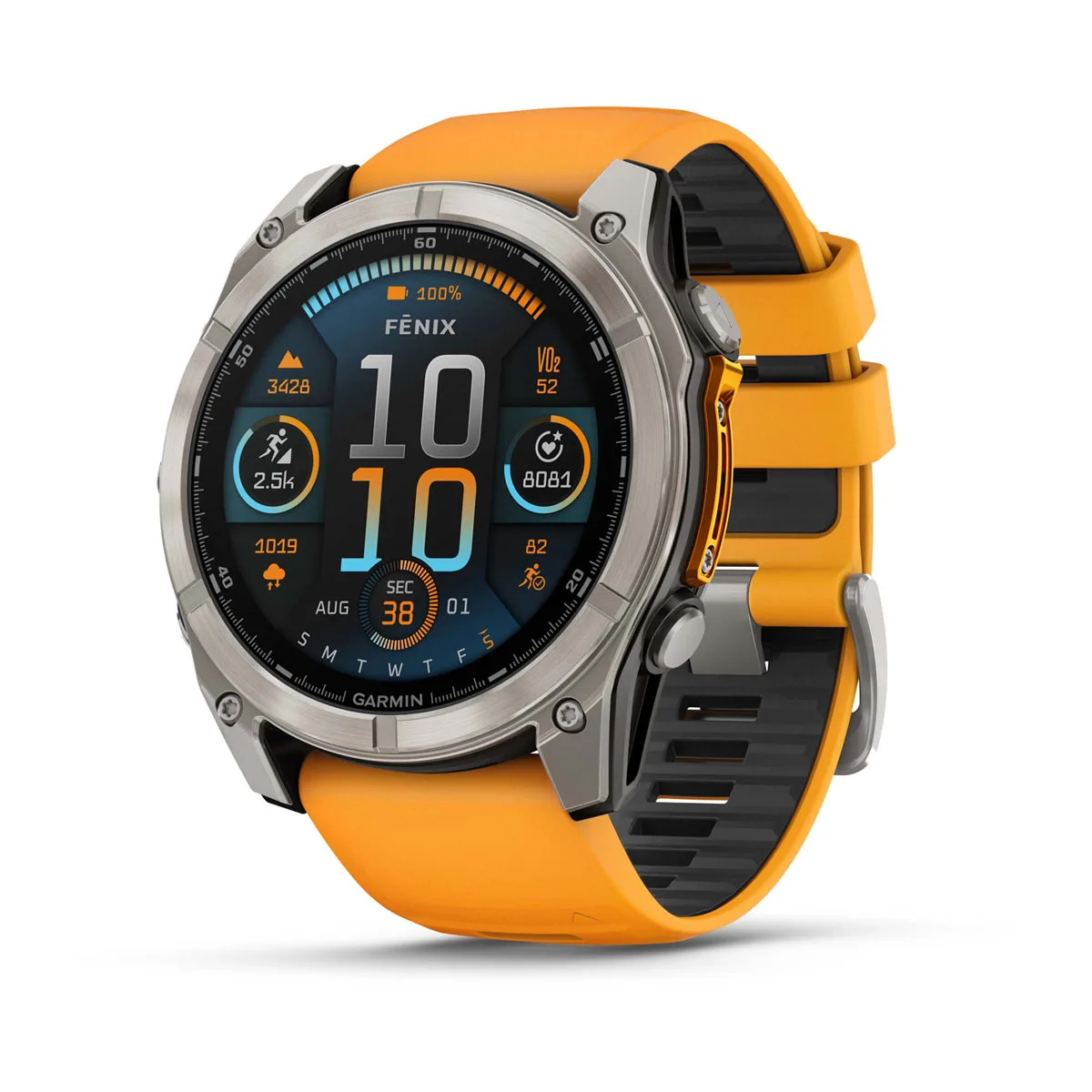
The Garmin Fenix 8 is the top watch in Garmin’s range and offers a more attractive and hardy design than the Instinct 3, plus extra navigation, sports tracking and smart features, along with a better heart rate sensor.
For
- Attractive design and range of sizes
- Latest gen HR sensor
- Maps and music
Against
- Much more expensive than Instinct 3
- Heavier than Instinct 3
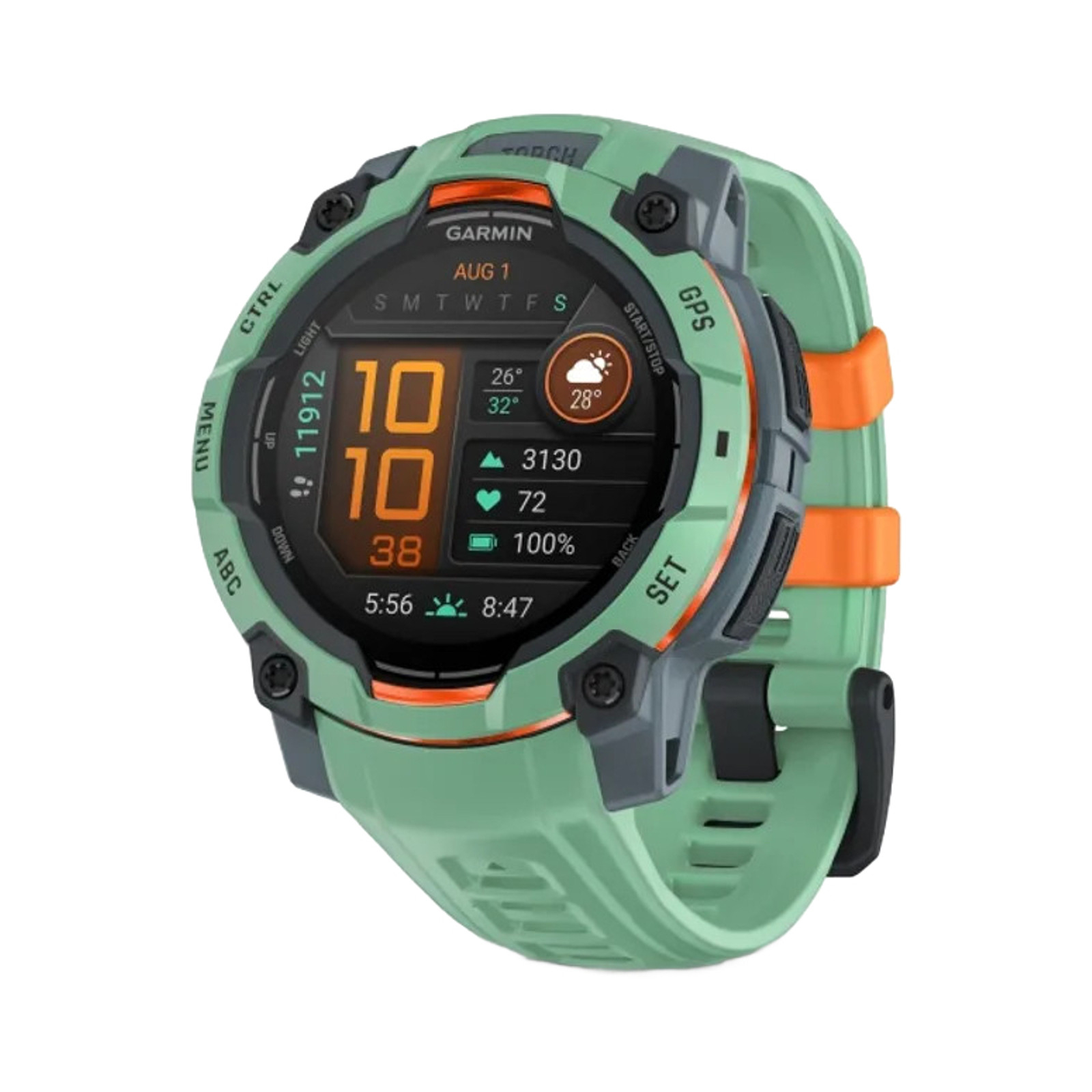
The Garmin Instinct 3 is a more affordable alternative to the Fenix 8 and some will prefer its lighter and more distinctive design. Like the Fenix it comes in AMOLED and solar-charging options, and there are two sizes to pick from.
For
- Much cheaper than Fenix 8
- AMOLED and solar-charging options
- Long battery life
Against
- No maps
- Last-gen HR sensor
- Limited smart features
The Garmin Fenix 8 and Garmin Instinct 3 are both among the newest and best Garmin watches available, offering impressive sports tracking in durable, attractive designs that are ideal for adventure.
I’ve tested both watches extensively and worn them both at the same time for the past two weeks to compare their sports tracking and other features directly. There are some clear differences between them, with the Fenix 8 offering more features and better hardware including a more accurate heart rate sensor, but the upgrades come at a huge cost since the Fenix 8 is more than double the price of the Instinct 3.
I’ll outline all the key differences between the watches here, and you can get more info on each watch in my Garmin Fenix 8 review and my colleague Dan Bracaglia’s early review of the Garmin Instinct 3.
Garmin Fenix 8 vs. Garmin Instinct 3: Specs
| Row 0 - Cell 0 | Garmin Instinct 3 | Garmin Fenix 8 |
| Price | From $399 / £349 (Solar); $449 / £389 (AMOLED) | From $1,099 (Solar); $999 (AMOLED) |
| Size | 45mm and 50mm | 43mm, 47mm and 51mm |
| Weight | From 52g to 59g | From 72g to 92g |
| Display | 1.2 - 1.3in AMOLED or MIP | 1.3 - 1.4in AMOLED or MIP |
| Case material | Plastic case with aluminium ring | Steel or titanium bezel |
| Screen material | Glass | Glass or sapphire crystal |
| Water resistance | 10ATM | 10ATM & 40m dive |
| Storage | 4GB (AMOLED); 128MB Solar | 32GB |
Garmin Fenix 8 vs. Garmin Instinct 3: Price
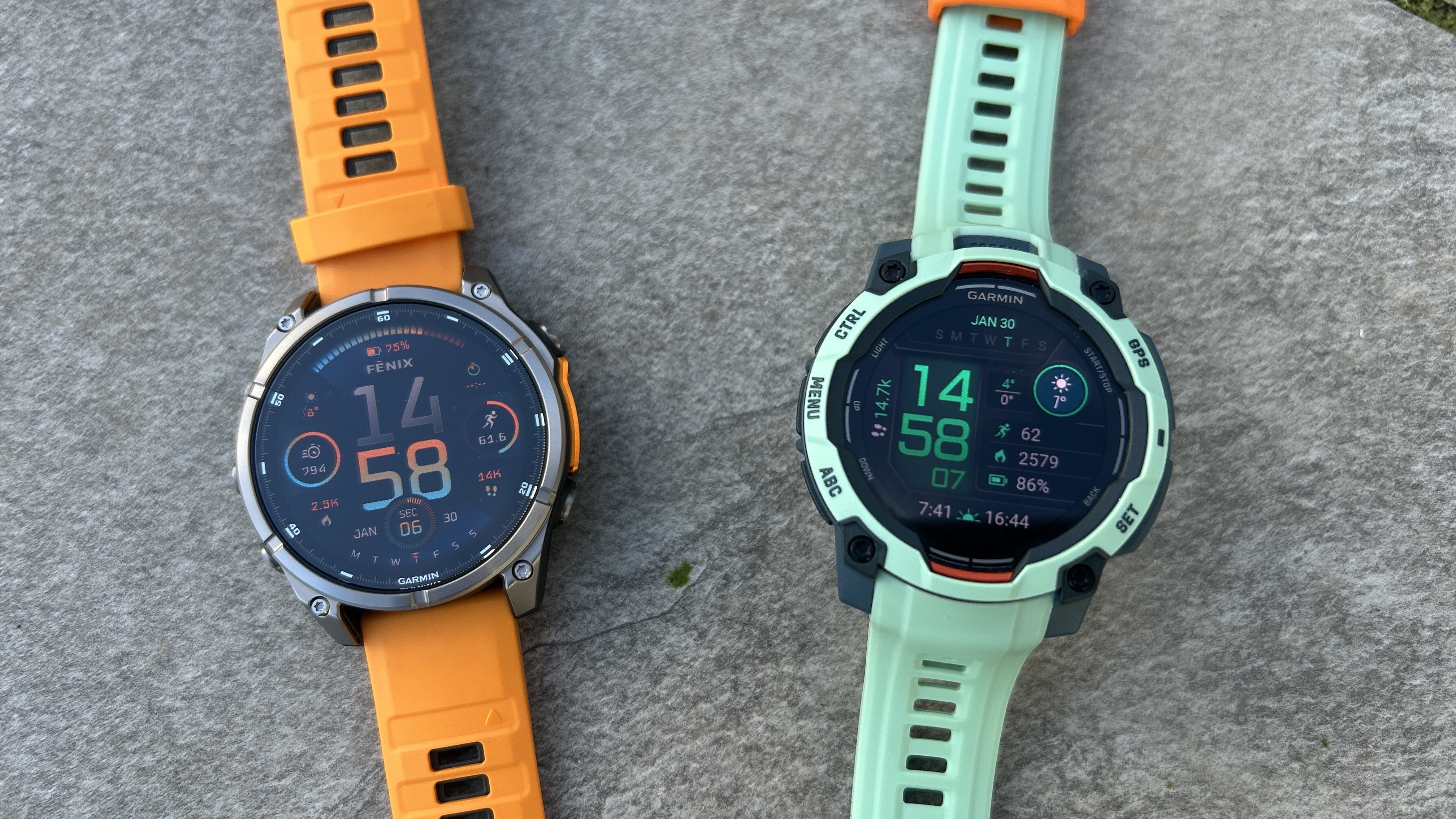
The Garmin Fenix 8 is one of the most expensive sports watches you can get, with its price starting at $999 and rising to $1,099 if you opt for a sapphire titanium model. The Instinct 3 comes in much cheaper, costing between $399 and $499 depending on the size of the watch you go for.
Winner: Garmin Instinct 3
Garmin Fenix 8 vs. Garmin Instinct 3: Design
With both watches you get a choice of sizes — 43/47/51mm on the Fenix 8 and 45/50mm on the Instinct 3 — and an AMOLED or MIP screen, with the latter models having solar panels as well to boost battery life further in sunny conditions.
Both also have built-in flashlights and Garmin’s usual five button setup, though those buttons are leakproof on the Fenix 8 as part of the watch’s diveproof design. The two watches have the same 10 ATM rating but the Fenix 8 is also capable of diving to depths of 40m.
The Fenix 8 has a metal bezel and back, which can be steel or titanium, whereas the Instinct 3 is plastic with a thin aluminium ring running around the case. The Fenix also has a touchscreen, whereas the Instinct 3 doesn’t, and the screen is larger on the Fenix 8 and more durable if you opt for a sapphire model.
You also get a mic and speaker on the Fenix 8, which has more storage and WiFi connectivity too, and it also has Garmin’s latest Gen5 HR sensor, which is more accurate than the Gen4 sensor on the Instinct 3 and also offers ECG and skin temperature measurements.
The Instinct 3 is lighter and some will prefer its eye-catching design, but overall the Fenix 8 offers more impressive hardware and more options within its range.
Winner: Garmin Fenix 8
Garmin Fenix 8 vs. Garmin Instinct 3: Sports tracking
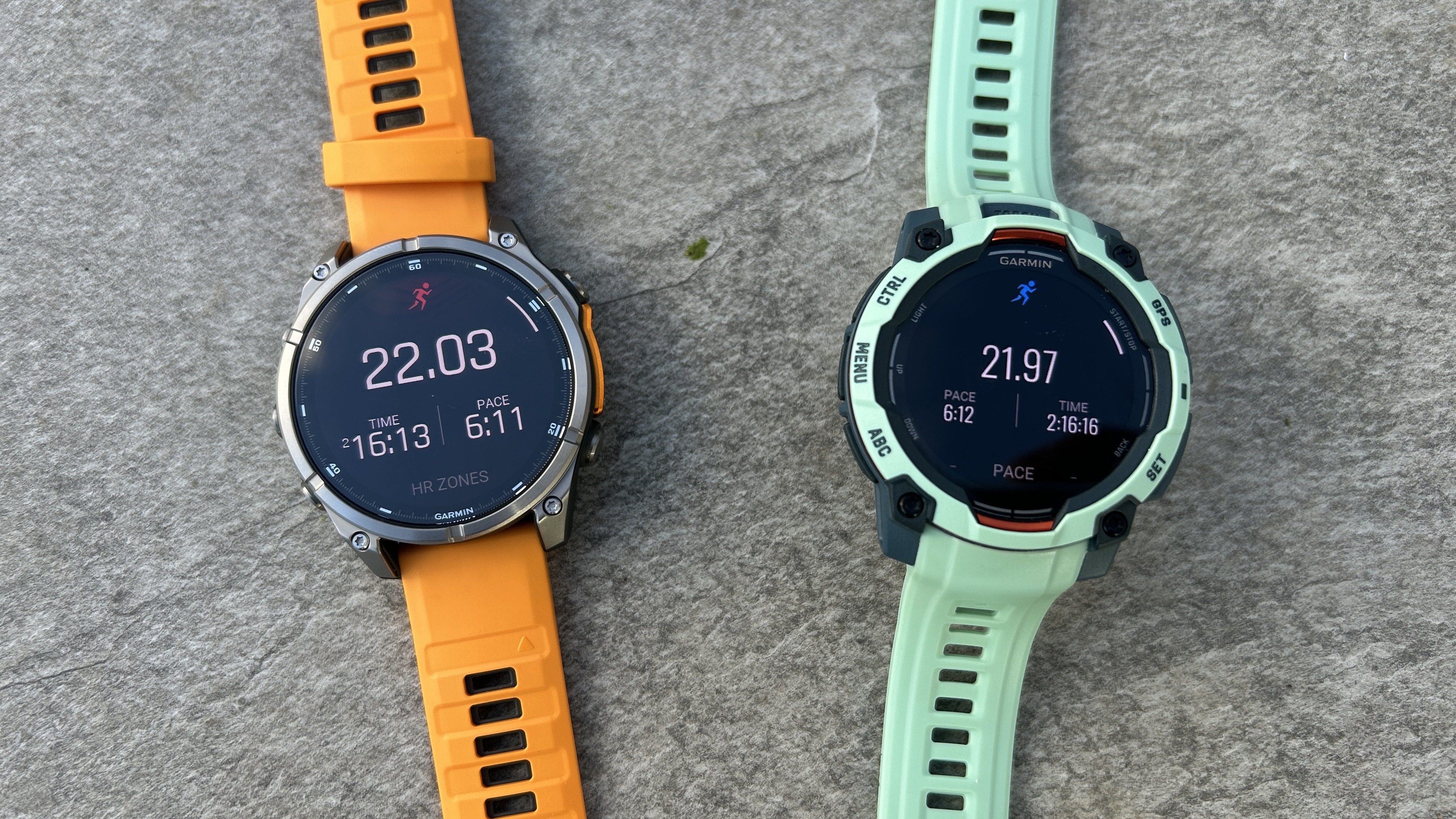
Both watches are packed with sports tracking and training analysis features as you’d expect, but the Fenix 8 offers more on both fronts. It has a few extra sports modes, including diving and ultra running, and more training insights like Garmin’s Hill and Endurance Scores, and Cycling Ability rating.
It’s also a more accurate watch with regards to heart rate tracking, thanks to having the newer Elevate Gen5 sensor. While both watches were pretty accurate throughout most of my runs and other workouts, the Instinct 3 did show errors more often when compared to the reading of a Wahoo TRACKR chest strap.
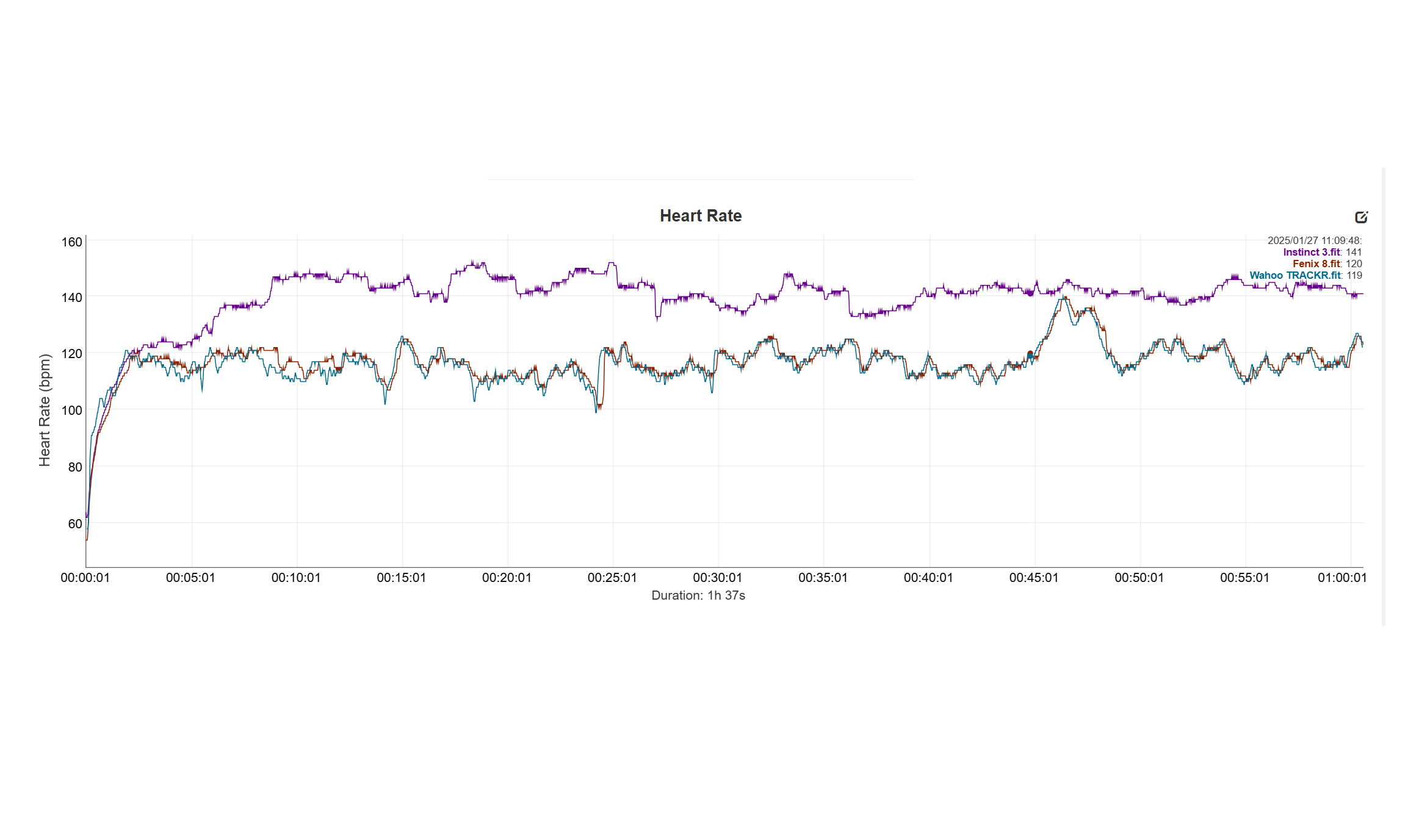
Neither watch is infallible for heart rate accuracy, especially in cold conditions, but the Fenix 8 is more reliable if you don’t plan to use an external sensor.
On the GPS accuracy front both watches offer Garmin’s multi-band mode and both have been very reliable for me throughout all my outdoor runs and bike rides. The two watches have produced very similar GPS tracks throughout my tests, and the overall distances was also close to identical — on a 22-mile run they finished within 0.06 miles of each other, which is a difference of less than 100m.
Winner: Garmin Fenix 8
Garmin Fenix 8 vs. Garmin Instinct 3: Battery life
The battery life of each watch varies considerably depending on which model you opt for within the Fenix 8 and Instinct 3 ranges. I’ve tested the 47mm and 51mm Fenix 8 AMOLED, and 45mm Instinct 3 AMOLED myself, but if you opt for a solar watch you’ll get longer battery life, with the Instinct 3 Solar actually able to last indefinitely in sunny conditions.
In my testing with the screen set to always-on and running every day, the 47mm Fenix 8 AMOLED has lasted me five to six days on a charger, while the 51mm model lasts 12-13 days. With the same use, the 45mm Instinct 3 AMOLED has lasted me seven days.
You can extend the life of all of the AMOLED watches in the two ranges considerably by using raise to wake, and the solar models of both the Fenix 8 and Instinct 3 will last weeks on a charge, but across the board this is an area where the Instinct 3 just has the edge.
Winner: Garmin Instinct 3
Garmin Fenix 8 vs. Garmin Instinct 3: Navigation
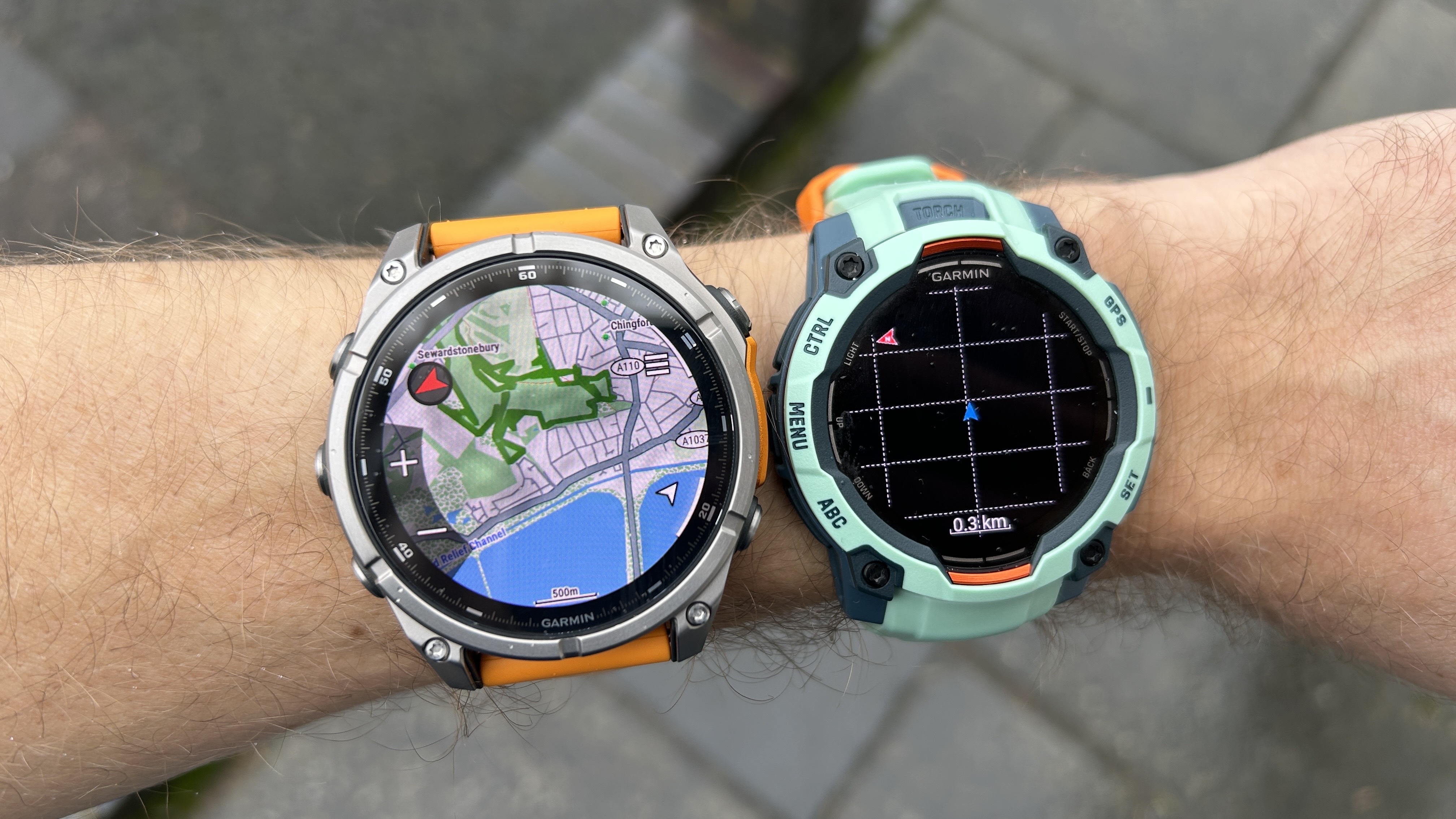
Given its appeal as a watch for outdoors enthusiasts it’s disappointing that the Instinct 3 doesn’t offer the offline maps you get on the Fenix 8. While you do get breadcrumb navigation on the Instinct 3, and it can direct you back to your starting point using an arrow, the Fenix 8 is the clear winner on this front.
The routable maps you get on the Fenix 8 make it easier to follow routes, and you can also create routes on the watch itself. It also has Garmin’s ClimbPro feature, which helps you judge your effort on individual climbs and descents when following a route.
Winner: Garmin Fenix 8
Garmin Fenix 8 vs. Garmin Instinct 3: Smart features
This is another area where the Fenix 8 is clear of the Instinct 3. Both watches have NFC payments through Garmin Pay and access to the small Connect IQ app store, but the Fenix 8 then also has music storage and the ability to link up with streaming services including Spotify and Amazon Music.
The Fenix 8 also has a mic and speaker and you can use these to take voice notes and issue voice commands to the watch. The Fenix 8 also has WiFi to make updating the watch and adding maps or music to it much easier.
Winner: Garmin Fenix 8
Garmin Fenix 8 vs. Garmin Instinct 3: Verdict
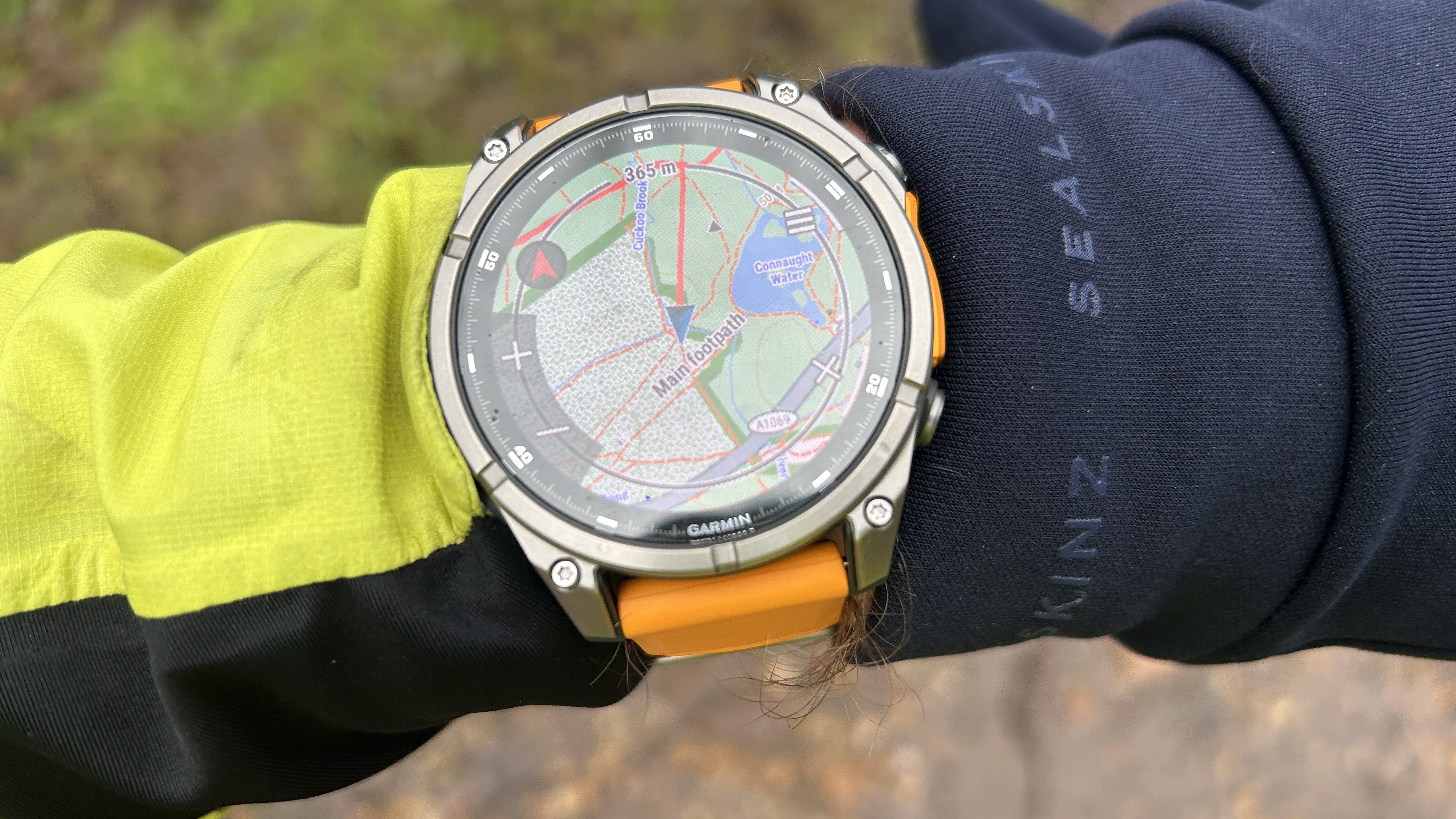
The Garmin Fenix 8 is a better sports watch and smartwatch than the Instinct 3, as you would expect given the price difference, but the Instinct 3 holds its own in important areas like GPS accuracy and battery life, and comes in considerably cheaper.
There are some big losses on the Instinct 3 that reduce its appeal, like the lack of maps and the older heart rate sensor, and I also prefer the design of the Fenix 8 myself, though some might lean towards the more distinctive Instinct 3 look.
If you have the budget the Fenix 8 is the watch to get, but if not the Instinct 3 will serve you very well as a sports and adventure watch, and if you live in a sunny spot you might never have to charge it again if you go for a solar model.
Sign up to get the BEST of Tom's Guide direct to your inbox.
Get instant access to breaking news, the hottest reviews, great deals and helpful tips.

Nick Harris-Fry is an experienced health and fitness journalist, writing professionally since 2012. He spent nine years working on the Coach magazine and website before moving to the fitness team at Tom’s Guide in 2024. Nick is a keen runner and also the founder of YouTube channel The Run Testers, which specialises in reviewing running shoes, watches, headphones and other gear.
Nick ran his first marathon in 2016 after six weeks of training for a magazine feature and subsequently became obsessed with the sport. He now has PBs of 2hr 27min for the marathon and 15min 30sec for 5K, and has run 13 marathons in total, as well as a 50-mile ultramarathon. Nick is also a qualified Run Leader in the UK.
Nick is an established expert in the health and fitness area and along with writing for many publications, including Live Science, Expert Reviews, Wareable, Coach and Get Sweat Go, he has been quoted on The Guardian and The Independent.
-
Rooster7six I have a Garmin fenix and and the HR sensor is terrible. It routinely reads 40bpm off from my HR monitor. I definitely wouldn’t rely on this watch alone for training without a hr monitor. Other than that it’s great. I really like the Garmin connect app and all the info this watch and my bike computer provide.Reply
